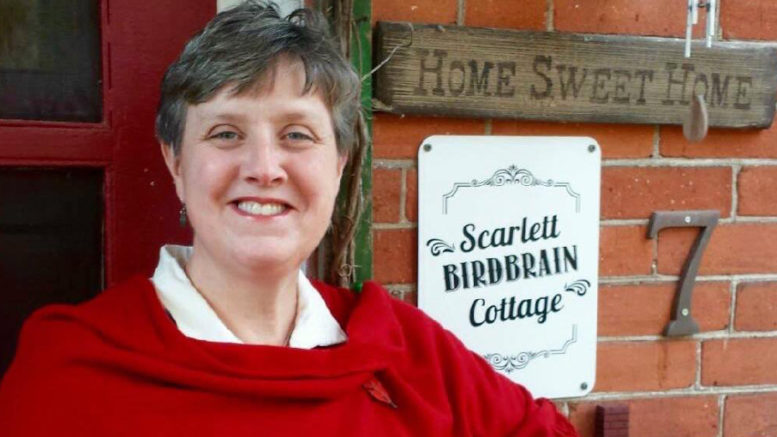By Laurie Snider
If you happen to find yourself walking along a wooded path and an elongated, legless, carnivorous reptile crosses your path, what kind of reaction do you have? Perhaps if you are like me, you will suddenly invent a series of new extreme dance moves, while at the same time emitting a loud series of ear piercing shrieks and shrills. I have also been known to take an abrupt, unannounced piggy-back ride from my unassuming husband, travelling along the same wooded path with me. Conversely, maybe you simply observe the little serpent, admire his stripes and carry calmly and merrily along your way.
I fully admit to wishing that my reaction upon meeting up with a snake was the second one. Unfortunately I have a phobia of snakes, otherwise known as ‘ophidiophobia’. According to dictionary.com a phobia is a persistent, irrational fear of an object, activity or situation that leads to a compelling desire to avoid it. This explains my unfounded dance moves and unwarranted howling.
According to Wikipedia, fully one-third of humans are afraid of snakes, making it the most commonly reported phobia. Some scientists believe there may be an evolutionary component to this. A popular theory suggests, mammals may have an innate reaction to snakes which was vital for survival.
Recently while scrolling around on Facebook, I came across a short video by Australian Kerwin Rae. In it he states that “we are all only born with two fears: loud noises and falling.” He says “the rest of our fears are borrowed from others”. In other words, we learn to become afraid of things. I would certainly agree. I have vivid recollections of overwrought reactions, by others to encountering snakes as well. Specific phobias can also be triggered by traumatic encounters and negative experiences such as a bite, accidently stepping on one or in my case being chased and having one suddenly thrust upon me, by unscrupulous characters, as a child.
For me it is unanticipated meetings that startle me and cause the most frenzied response. If I am aware a snake is around, I am perfectly capable of remaining composed and watching these fascinating creatures in their natural habitats. I would never harm a snake or ask anyone else to injure one on my behalf. The very rational part of my brain knows how important snakes are. They are vital parts of our ecosystem, helping to control populations of rodents, insects, fish and other reptiles.
The website scisnake.com states that Ontario is home to 17 species of snakes and most of them have been designated as vulnerable, threatened or endangered. Almost all of Ontario’s snake populations have been in a dramatic decline with their ranges having shrunk dramatically. Habitat destruction due to urban sprawl, agriculture and deforestation are huge threats. Also the draining of wetlands by 70 per cent in the past 200 years has also led to their demise, leaving only ‘islands’ of habitat for some species. There are restoration projects underway. On your own property giving snakes, rotting logs, piles of boards for hiding under or rocks to sun themselves on can help.
Road mortality is another problem as many snakes are killed while basking on roadways while seeking warmth on the pavement. Using caution and paying attention to warning signs for snakes and turtles in vulnerable areas is helpful. Being supportive of ecological groups who have rehabilitation projects underway can also make a difference.
Unfortunately, since Biblical times, snakes have had a bad rap. Persecution of snakes where they are intentionally harmed or killed is also a factor in their declining numbers. In Ontario this is illegal. All Ontario snakes are protected under the Fish and Wildlife Conservation Act and the Endangered Species Act. These carry penalties of up to a $250,000 fine and up to five years in prison.
As for me, regardless of whether my fear of snakes is evolutionary-based or from harrowing experiences from my youth, I have read that exposure therapy works best. This involves slowly being introduced to the situation until the fear resolves. Kerwin Rae believes, “If you want to overcome a fear, you must face it full on.” I can now calmly watch snakes and others handling them and I have also touched them on a couple of occasions in a ‘safe’ for me circumstance. The next thing I need to work on is my rather dramatic fight or flight response and toning down my dance moves. Despite my own unreasonable fear, I have the utmost respect for snakes and the vital role they play in our natural world.

